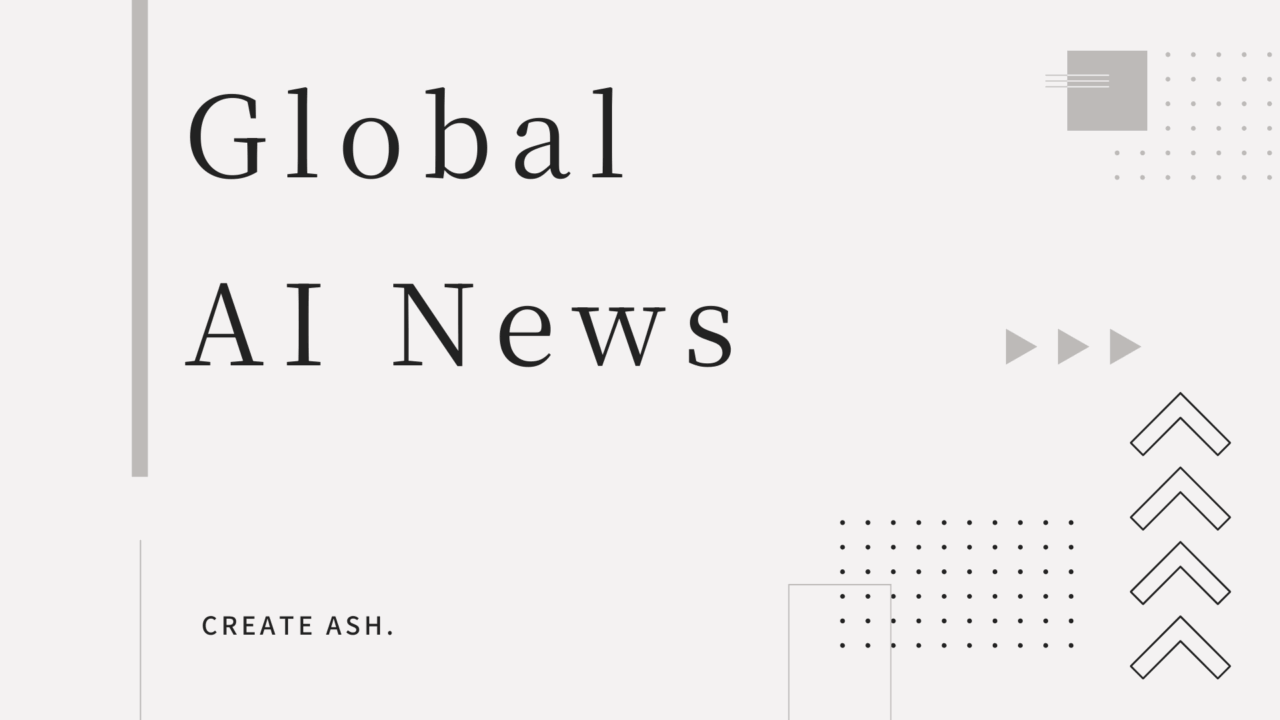Model Context Protocol: A Roadmap to AI Project Success
Introduction
AI is reshaping industries with its capabilities, but successful AI project execution is not solely about having cutting-edge technology. Enter the Model Context Protocol (MCP), an essential framework that ensures AI systems function effectively within their operating environments. As AI workflows become more complex, the importance of structured frameworks like MCP in achieving AI project success cannot be overstated. This article delves into the essential components of MCP, illustrating its role in establishing efficient AI projects and workflows.
Background
The foundations of the Model Context Protocol are rooted in facilitating seamless interactions between intelligent agents and backend systems. An analogy can be drawn here—the same way individual musicians in an orchestra follow a conductor’s guidance to create harmonious music, MCP coordinates the various components of an AI system to ensure they function harmoniously. Key elements for a successful MCP implementation include outlining clear project goals and integrating robust security measures, which act as the backbone of any MCP strategy. According to a relevant study, comprehensively defining use cases and maintaining a secure infrastructure can significantly elevate the effectiveness of AI applications source.
Current Trends in MCP Implementation
As we analyze current trends in MCP implementation, it becomes evident that systematic adoption is paramount for enhancing project outcomes. Notably, a recent survey highlighted that 44% of teams identify security as their primary challenge to adopting effective AI workflows source. This statistic underscores the importance of aligning security protocols with MCP’s objectives. Systematic adoption of MCP can mitigate such barriers, fostering improved communication and operational efficiency within AI projects.
Key Insights for Successful AI Workflows
Transitioning from traditional to AI-driven workflows requires more than just implementation; it demands strategic foresight to leverage the Model Context Protocol effectively. Here are some best practices that can drive AI project success:
– User Engagement: Actively involving end-users in AI development can enhance the relevance and applicability of solutions.
– Architecture Design: Investing in a scalable and robust architectural framework ensures longevity and adaptability.
– Contextual Payloads: Tailoring AI outputs to match context-specific requirements can dramatically increase user satisfaction and system reliability.
– Comprehensive Testing: Continuous and rigorous testing phases solidify system robustness and error-free operations.
Implementing these practices can transform AI projects from experimental to indispensable tools within an organization source.
Future Forecast for MCP in AI Projects
Looking ahead, the Model Context Protocol is poised to take on a more influential role in AI initiatives. As technology evolves, ongoing developments within MCP are expected to enhance system interactions, streamline workflows, and expand its applicability across various industries. For instance, improving security frameworks will diminish current blockers, leading to even broader adoption. Moreover, as AI continues to infiltrate areas such as healthcare, finance, and manufacturing, MCP’s adaptability will prove invaluable, sustaining its role at the forefront of AI innovation.
Call to Action
To those spearheading AI-driven transformations, the message is clear: consider implementing MCP in your next AI project. Begin by creating a roadmap for systematic adoption, focusing on strengthening security and establishing a robust architecture. Additionally, encourage ongoing feedback throughout implementation phases to ensure alignment with strategic goals. By embracing MCP, teams can not only optimize their current processes but also future-proof their ventures for long-term success.



